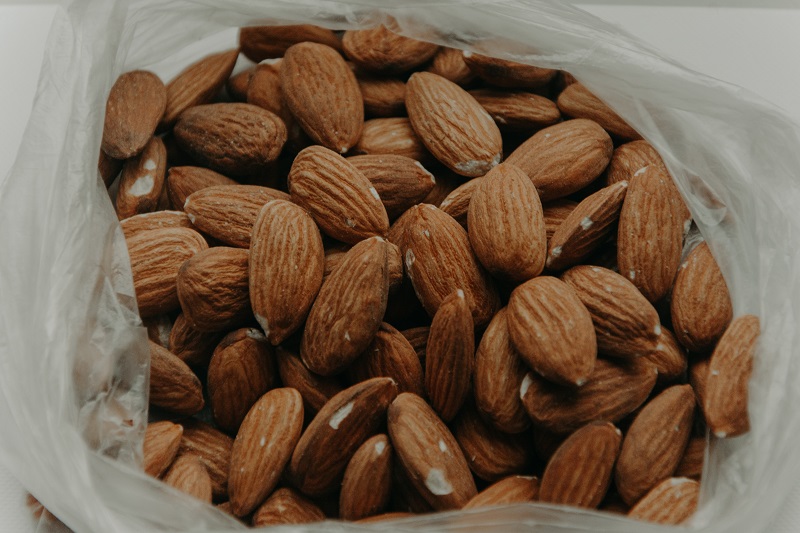Highlights From The Greenhouse Tomato Short Course
“Balance is the key to getting things done correctly,” said Joe Kemble, Extension Vegetable specialist at Auburn University during the Greenhouse Tomato Short Course held at Eagle Ridge Conference Center in Raymond, MS, last week.
If nitrogen deficiencies are already detected in leaves, the tomato yield is already affected, since the plant takes its nutrition from the roots. Nitrogen deficiencies are seen first with the yellowing of older leaves, symptoms then progress to younger leaves. Plants become leggy and “purpling” develops on underside of young leaves in severe cases. Kemble suggests checking dilution and calculations for fertilizers to see if something is amiss.
Potassium issues are seen in older leaves first, with intervenial yellowing and necrotic spots. The necrotic spots will progress toward the main stem and younger growth. Tomato plants with potassium deficiencies will have soft, blotchy fruit shape. Kemble recommends potassium levels should be 400-450 PPM of potassium.
Magnesium deficiencies, like potassium, will have intervienial yellowing of older leaves. However, older leaves will also have marbling and often the leaf margins will also remain green. Kemble suggests 2 tablespoons of magnesium sulfate per gallon of water for treatment.
Leaves with iron deficiencies will have yellowing or intervienal chlorous at the base of younger leaves and will progress outward toward the tip. Veins will be green. If an iron defficiency is not corrected, leaves will turn white.
When roots become waterlogged, symptoms can be observed. Kemble recomments spraying tomato plants with iron chelate at a rate of 1/4 teaspoon per gallon of water or 1.5-2 teaspoons of iron chelate per 100 gallons of water.
A calcium deficiency will be demonstrated with light chlorosis to browning or blackening of new leaf tips. There will be a die-back of growing points. Cupping and yellowing of leaves will be seen on young plants. Blossom end rot will also be seen with a calcium deficiency. Tomatoes will have brown, leathery, sunken tissue at the flower end.
Kemble suggests managing blossom end rot by prevention. He notes hat calcium must have its own bulk tank, with calcium levels of 125 parts per million. Kemble also suggests that pH of water solution should also be checked, with acceptable levels of 5.6-5.8 pH. If a pH level of 7.4 is detected, another injector should be added prior to nutrients. He also urges growers not to over water and not to under water.
Foliar testing and leaf tissue analysis are ways for growers to see what is going on within their greenhouses. Kemble suggests keeping notes and making observations on the plants to help eliminate and diagnose problems. Keeping notes year-to-year and crop-to-crop provides a valuable resource for greenhouse tomato growing.










